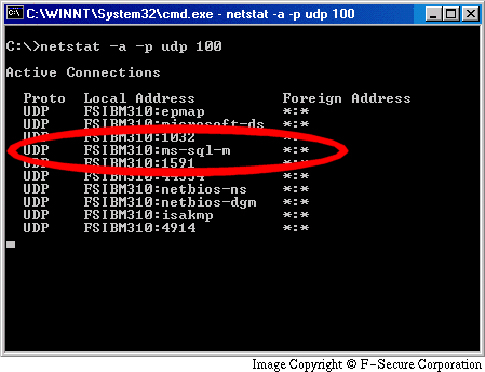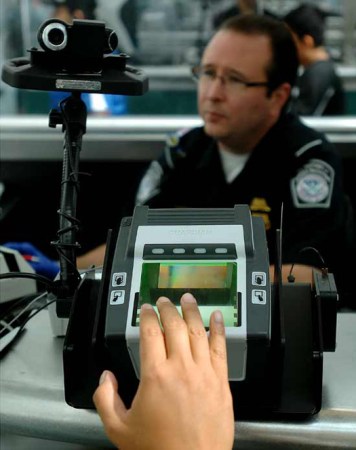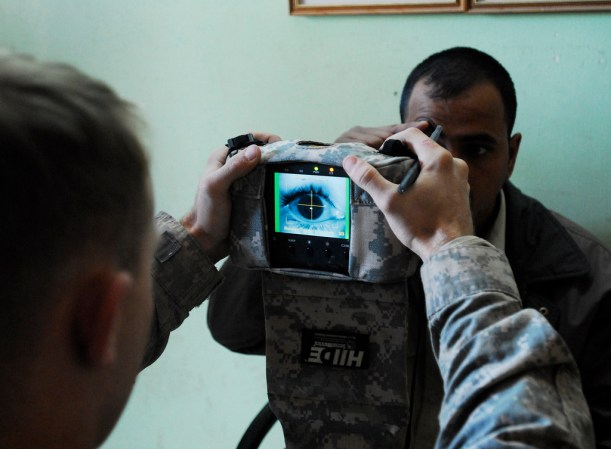

Whether you clicked on a misleading banner ad, opened a file sent by a Nigerian prince or simply downloaded the wrong porn, everyone’s dealt with a computer virus at some point. While bad programming or virus checking software contains most outbreaks, some malware has managed to reach pandemic levels. With the help of Golden Richard III, a professor of computer science at the University of New Orleans and an expert on computer viruses, Popsci.com takes a look at ten viruses, worms and Trojans that reached levels of digital plague.






















